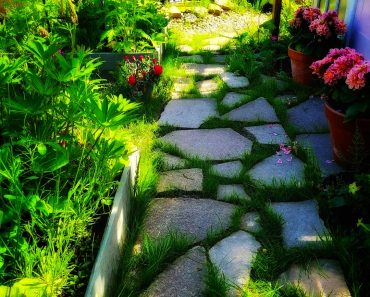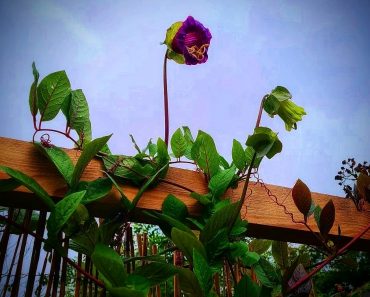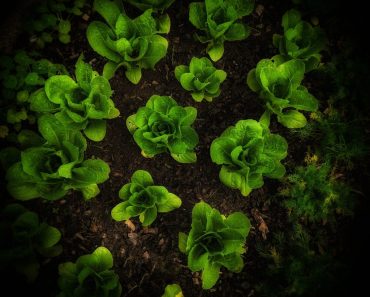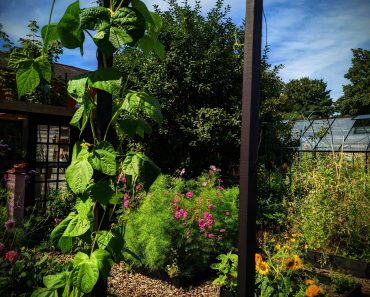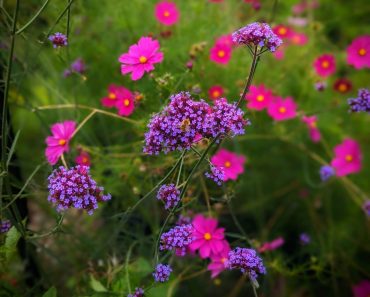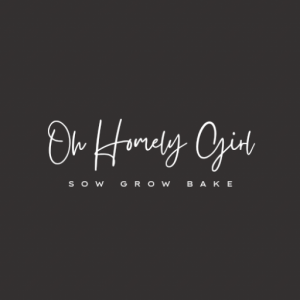Stevia! This wonderful tender Perennial Herb, all across the world, is grown for its culinary purposes, it has zero calories but is 200 times sweeter than Sugar! Often regarded as a healthy sugar substitute, capable of sweetening up food or drink without the negative health effects associated with refined sugar.
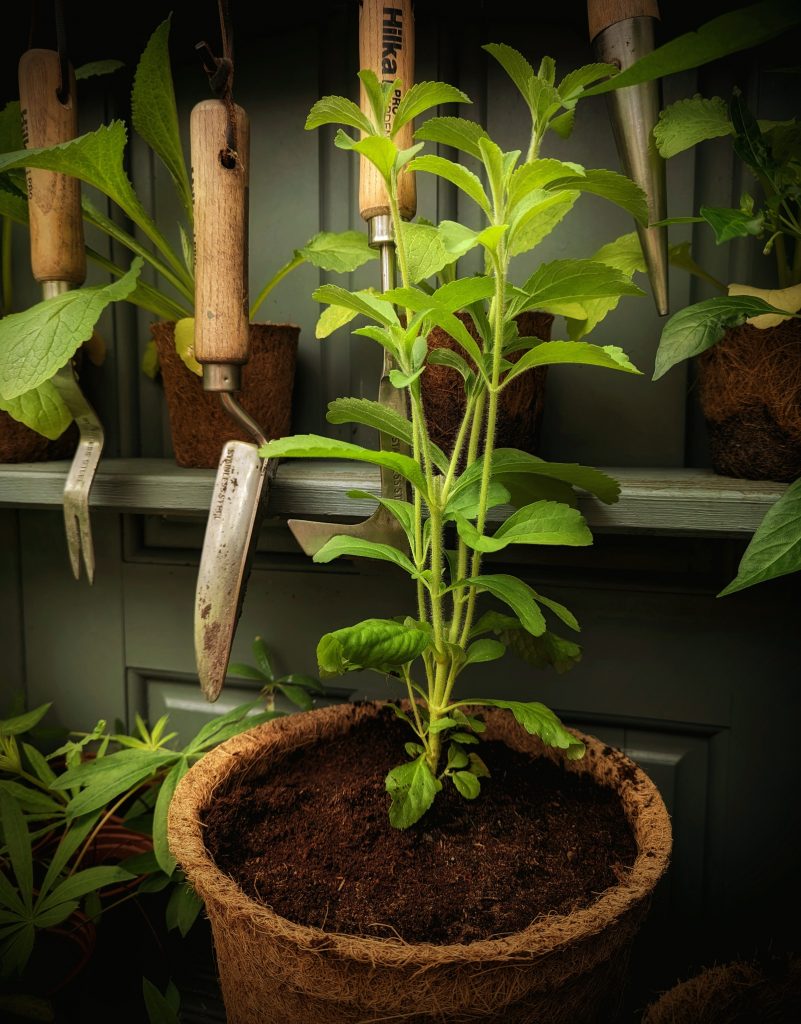
This post may contain affiliate links please see my disclosure policy
What is Stevia?
Stevia is a a natural sweetener derived from the leaves of the Stevia plant. The Plant is also known as sweet leaf or sugar leaf. Stevia rebaudiana is native to Central and South America and belongs to the Sunflower Family.
Stevia Plant Characteristics
Stevia is a Perennial tender herb that is susceptible to cold and prefers a warm environment (I grow mine in a greenhouse or on a warm windowsill). It can reach heights of 40–80 cm with hairy, bright green leaves that are oblong and aromatic and around 2.5 cm long. Leaves grow on either side of long slender green stems. In Summer the Stevia plant bears small white flowers.
How To Use Stevia?
- Harvest Fresh Leaves from the plant and add them to cold or hot drinks to sweeten.
- Leaves can also be dried and used in a herbal healing tea – Stevia Herbal Tea is useful as a diuretic, which helps the body increase urination, and in turn facilitates the excretion of excess salt/sodium which helps to relax blood vessels. This process results in less stress on your cardiovascular system and helps to lower blood pressure, which protects the heart and reduces the chance of your arteries hardening. This can in turn help to prevent more serious conditions such as heart attacks and strokes
- The leaves can be dried then ground into a powder and used as a sugar Substitute in baking -1 tsp of Pure Powdered Stevia is the equivalent of 200g of sugar! Isn’t that Bonkers!!! And Zero Calories!
A little Stevia History!
Stevia Rebaudiana has been used as food and for Medicinal purposes for hundreds of years! Native to South America-Paraguay and Brazil, Stevia or (Bertoni) first came to the attention of the Public in 1899. An Italian-Swiss Botanist by the name of Moises Santiago de Bertoni, gave it the name Eupatorium rebaudianum later defining the plant as Stevia rebaudiana in 1905. He wrote of the sweet leaves of the plant and how it had long been used by the indigenous people of South America dating back as far as the 16th Century!
The sweetness of the stevia Leaves is attributed to its sweet compounds, also known as steviol glycosides. In 1931, French researchers, M. Bridel and R. Lavielle first identified the individual glycosides noting ‘their sweetening power which is 50-450 times as sweet as sucrose (Sugar)
When Was stevia First Sold Commercially as a sweetener? -Stevia was first used as a sweetener in Japan in the early 1970’s and is still very popular today. Canada and America are loyal consumers of the product too! Stevia is cultivated mainly in Paraguay, China, kenya, Vietnam, Brazil, Argentina, Columbia and the United States.
So, Is Stevia Better for you than Sugar?
Homegrown naturally processed Stevia has Zero Calories and doesn’t affect blood sugar or insulin levels (A firm favourite for Diabetics and weight watchers!), further…it doesn’t contribute to tooth decay like sugar does…making it a far healthier choice than Sugar. *Store bought Stevia or similar have added extras…so its best to check the labels first!
Either way– Studies suggest that Stevia is a safe Sugar substitute when not exceeding daily intakes of 4mg/kg of body weight.
How To Grow Stevia
*Stevia is a tender perennial but often treated as an annual. I like to grow mine in the Greenhouse and bring them indoors over the winter months.
Despite Stevia being a warm climate plant, it can be grown in the UK from seed with very little difficulty. All you need is a warm windowsill, some compost and a propagator or plastic bag/cling wrap.
Affiliate links
When To Sow Stevia seeds
- Sow Stevia seeds March-April
- Surface sow seeds onto moist, well-drained compost in pots, modules or trays
- Cover with a very light sprinkling of compost.
- Place on a Sunny Windowsill and cover with a propagator lid, cling wrap or polythene bag (this offers a humid environment in order to achieve a successful germination) germination should occur within 1-2 weeks
- Prick out and pot on seedlings into larger pots once they are large enough to handle. I use 17cm Coir pots– you can place 1-3 seedlings in each (*Coir pots are also fabulous for growing Peppers )
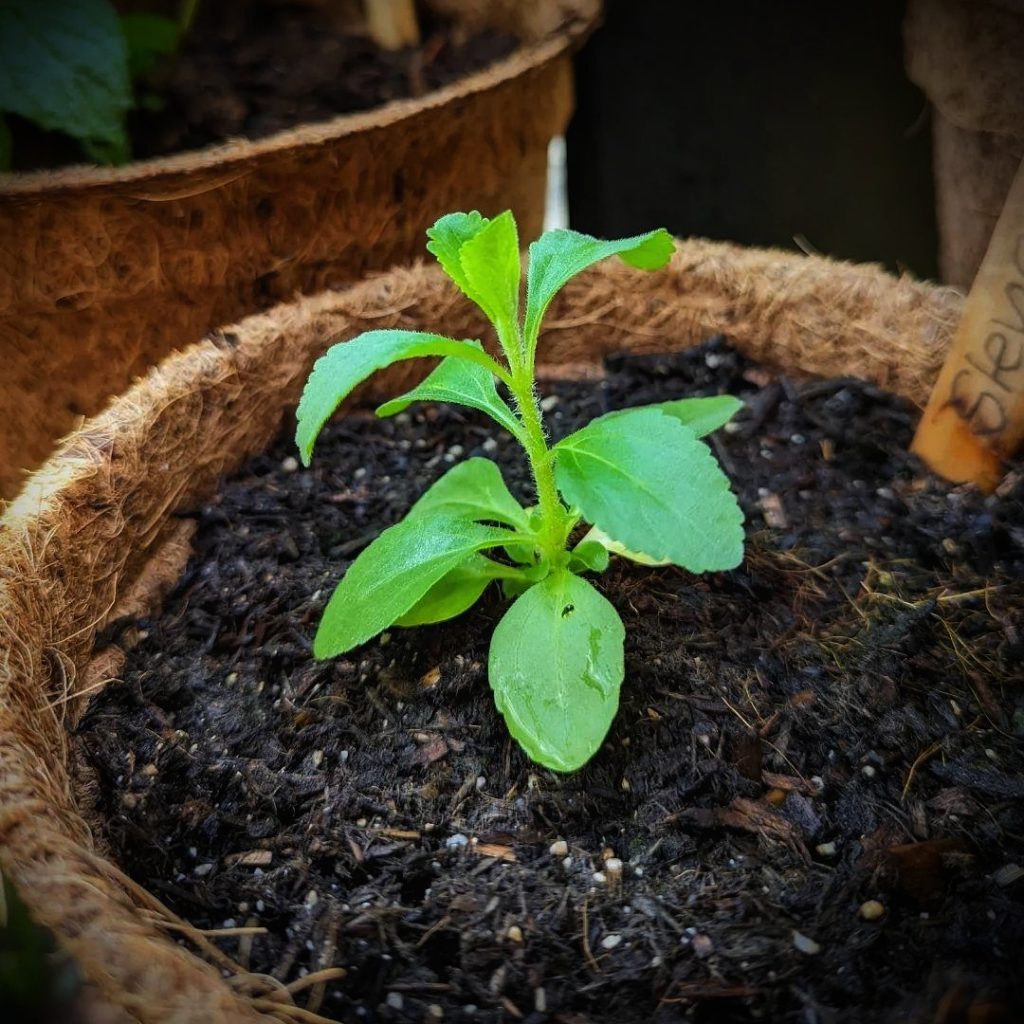
Where to Grow Stevia
In UK we cannot always be assured of consistent warm weather…even in Summer! And Stevia is a delicate plant that will wither at the first sign of a temperature drop. So, I always keep my Stevia plants in the Greenhouse, Potting Shed or on a sunny Windowsill at home.
If the weatherman disagrees and forecasts a belting Summer! Then of course go ahead and plant them outside, they will do just fine! In this case plant them 18 inches apart or plant them in Pots (17cm Pots will be Sufficient). Just remember to harden off indoor raised seedlings first…
What Does Hardening Off Mean?
Plants raised indoors or in a greenhouse environment, need to be acclimatised to cooler temperatures and increased air movement for about two to three weeks before they are planted outdoors permanently. This is a ‘toughening up’ practice to prepare the plants for their new environment.
How to Harden Off
Place your plants out for a couple of hours in a shady part of the garden. The next day, leave them out again for two hours, but this time allow the plants an hour of direct sunshine in the morning. Gradually continue to increase the length of time the plants are in direct sunshine over the course of roughly two weeks.
The Three Pinch Method
Once My Stevia seedlings have 3 sets of true leaves I pinch the growing tip. 3 weeks later , I pinch again, and 3 weeks after that a 3rd and final pinch ( Click Here for my Instagram Reel). This speeds up and encourages extra branching, allowing the maximum harvest before the end of Summer.
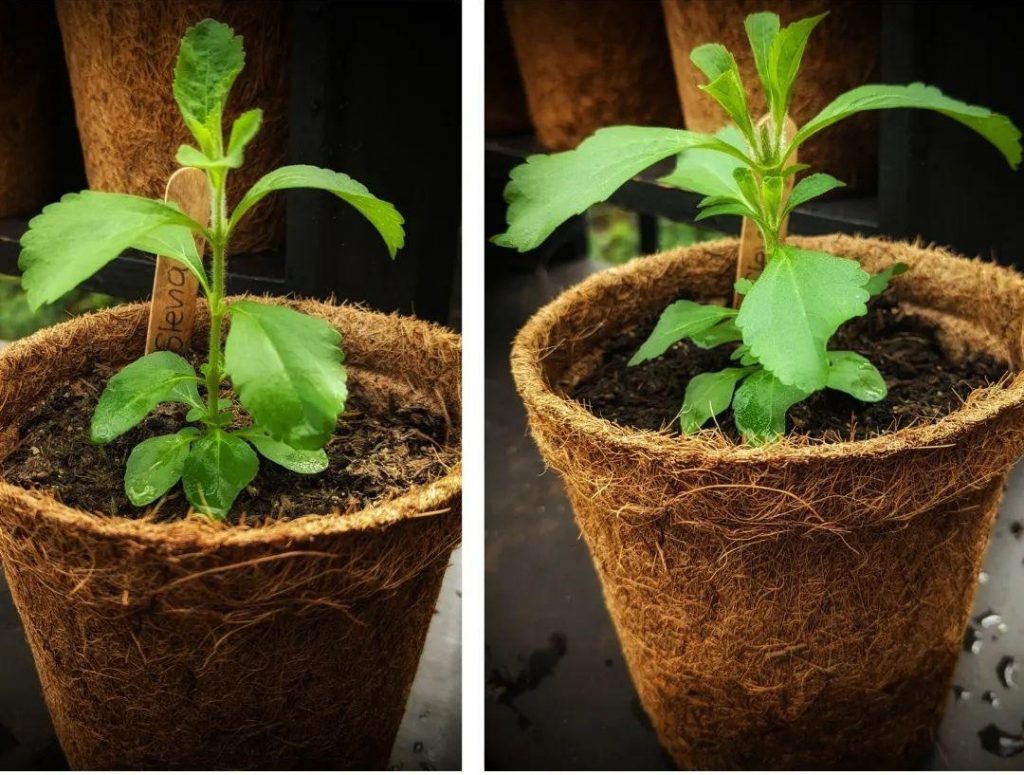
What Is Pinching out ?
Pinching out is simply a method of pruning young plants to encourage branching. Branching will result in the plant eventually bearing more fruit or flowers, which will therefore increase the yield of the plant. By pinching off the topmost/growing tip of the plant, just above leaf nodes or buds, the plant will get the message that it needs to branch out and create new stems.
Stevia soil and water Requirements
Stevia loves loose, well-drained soil. Stevia are somewhat drought-tolerant, but will be at their best, with an even moist soil, but don’t overwater, they do not like soggy roots!
Stevia Sun Requirements
Stevia is a sun loving plant! For optimum health provide it with at least six hours of direct sunlight a day.
When and How To Harvest Leaves
Stevia can be harvested as little as 40 days after transplanting. But I often wait until late summer, just before flowers form. Stevia leaves and stems can be harvested, but I find the leaves are sweeter than the stem and so I generally just harvest the leaves. Pop them in drinks, dry them and store whole, or dry and ground them into powder.
Growing A Herb Garden? Have a nosy at these Posts…
Want to Grow a Vegetable Garden?
Looking For more ‘Homely’ Inspo ?
Have a Nosey Around the Blog! See what i’ve been Baking, Growing and Drinking! Also, pop over and say Hi on Instagram
*Any specific health claim or nutritional claims or information provided on the Website are for informational purposes only. Nothing on the Website is offered or intended to be a substitute for professional medical, health, or nutritional advice, diagnosis, or treatment. This Website is not intended to diagnose, treat, cure or prevent any disease. You assume full responsibility for consulting a qualified health professional regarding health conditions or concerns.

